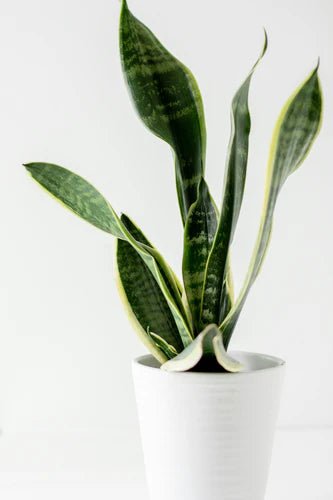Plants Do Cool Things: Nighttime Photosynthesis in Desert Plants

Robin Pero - Feb 2024
Plants Do Cool Things: Nighttime Photosynthesis in Desert Plants

Desert ecosystems, characterized by arid landscapes and extreme temperatures, house a remarkable array of flora adapted to survive harsh conditions. Among the fascinating adaptations, one stands out as particularly intriguing – the ability of certain desert plants to carry out photosynthesis at night. In this blog post, we delve into the why behind this nocturnal phenomenon, exploring the mechanisms and advantages that make nighttime photosynthesis a survival strategy for desert-dwelling flora.
The Challenges of Daytime Photosynthesis in the Desert:
Water Conservation: Desert environments often face water scarcity, and daytime temperatures can be scorching. To mitigate water loss through transpiration, many desert plants have adapted by opening their stomata at night when the air is cooler and humidity is higher, reducing water vapor loss.
Temperature Regulation: Daytime photosynthesis requires the stomata to be open for carbon dioxide uptake. However, this also exposes the plant to increased water loss due to evaporation. By shifting photosynthesis to the cooler night hours, desert plants can better regulate their internal temperature and conserve water.
Nocturnal Photosynthesis Mechanisms:
CAM (Crassulacean Acid Metabolism)
Photosynthesis:
Many desert plants employ CAM photosynthesis, a unique adaptation that involves the separation of carbon dioxide uptake and the Calvin cycle in time. During the night, these plants open their stomata to take in carbon dioxide, which is stored as malic acid. In the daytime, when stomata are closed, the stored malic acid is broken down, releasing carbon dioxide for photosynthesis.
Efficient Water Utilization:
By conducting photosynthesis at night, desert plants optimize water utilization. They can fix carbon dioxide without the need for continuous stomatal opening during the day, striking a balance between carbon assimilation and water conservation.
Survival Advantages:
Reduced Competition for Resources: Conducting photosynthesis at night allows desert plants to avoid competition with other photosynthetic organisms, such as C3 and C4 plants, which primarily perform photosynthesis during the day. This reduces the pressure on limited resources like sunlight and water.
Adaptation to Nocturnal Pollinators:
Some desert plants have evolved to rely on nocturnal pollinators, such as moths and bats. By aligning their photosynthetic activity with the activity patterns of these pollinators, desert plants increase their chances of successful reproduction.
That's pretty cool isn't it?
Wondering which plants employ CAM photosynthesis?
Plants that primarily conduct photosynthesis at night, utilizing Crassulacean Acid Metabolism (CAM), are often found in arid environments where water conservation is crucial. Here are some common examples:
Succulents:
Many succulent plants are known for their ability to perform CAM photosynthesis. Examples include various species of:
Aloe (Aloe vera)
Agave
Sempervivum (Hens and Chicks)
Cacti:
Cacti are well-adapted to desert conditions and often exhibit CAM photosynthesis. Examples include:
Saguaro cactus (Carnegiea gigantea)
Barrel cactus (Ferocactus spp.)
Prickly pear cactus (Opuntia spp.)
Bromeliads:
Some bromeliads, particularly those of the genus Tillandsia, utilize CAM photosynthesis. These plants are often epiphytic and can be found in diverse habitats, including deserts.
Orchids:
Certain orchid species, such as the Phalaenopsis orchid, may also exhibit CAM photosynthesis. Orchids with this adaptation are often epiphytic or lithophytic.
Pineapple (Ananas comosus):
The pineapple plant is an example of a CAM photosynthesizer. It belongs to the Bromeliaceae family and is known for its unique growth habit.
Kalanchoe (Kalanchoe spp.):
Various species of Kalanchoe, which are often grown as ornamental houseplants, exhibit CAM photosynthesis.
It's important to note that while these plants primarily use CAM photosynthesis, they may still perform some degree of daytime photosynthesis. The ability to switch between CAM and other photosynthetic pathways allows these plants to adapt to their specific environmental conditions.
In the unforgiving landscapes of the desert, where water is scarce and temperatures are extreme, the ability of certain plants to embrace nighttime photosynthesis is nothing short of a marvel. Through the ingenious adaptation of mechanisms like CAM photosynthesis, these plants have evolved to thrive in conditions that would challenge most other species. The nocturnal dance of carbon assimilation not only ensures their survival but also contributes to the unique biodiversity that makes desert ecosystems both mysterious and awe-inspiring.



